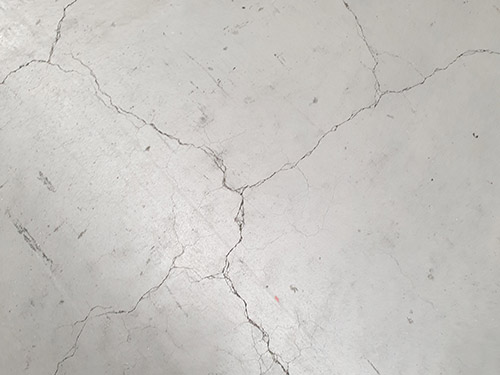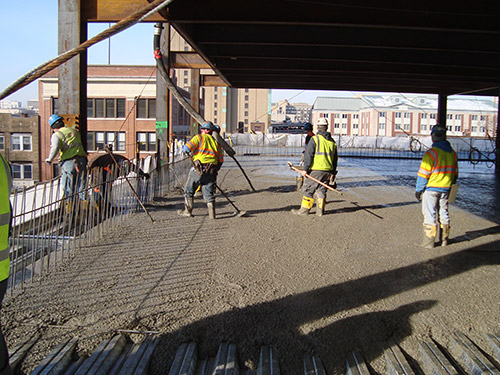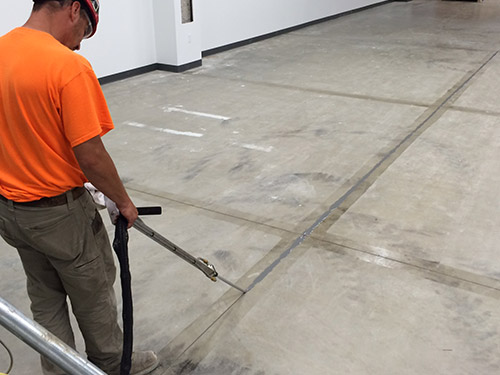
 |
Need Support? |
 Concrete
A Beginner’s Guide to Managing Cracks in Concrete
Concrete
A Beginner’s Guide to Managing Cracks in Concrete
Cracks in concrete are a common sight. While some cracks are inevitable and not of great concern, some are signs of a larger underlying issue. We explore the three main reasons...
 Concrete
Top 5 Fibre-Reinforced Concrete FAQs
Concrete
Top 5 Fibre-Reinforced Concrete FAQs
Euclid Chemical has created a series of Technical Bulletins on a variety of topics related to the successful use of Fibre-Reinforced Concrete (FRC). These documents are provided to serve...
 Concrete
Concrete Floor Joint Repair Solutions
Concrete
Concrete Floor Joint Repair Solutions
As you know, joints are cut in new concrete floors to control cracking. As a fresh concrete slab hardens, it reduces in volume and shrinks. When this shrinkage is restrained by...
